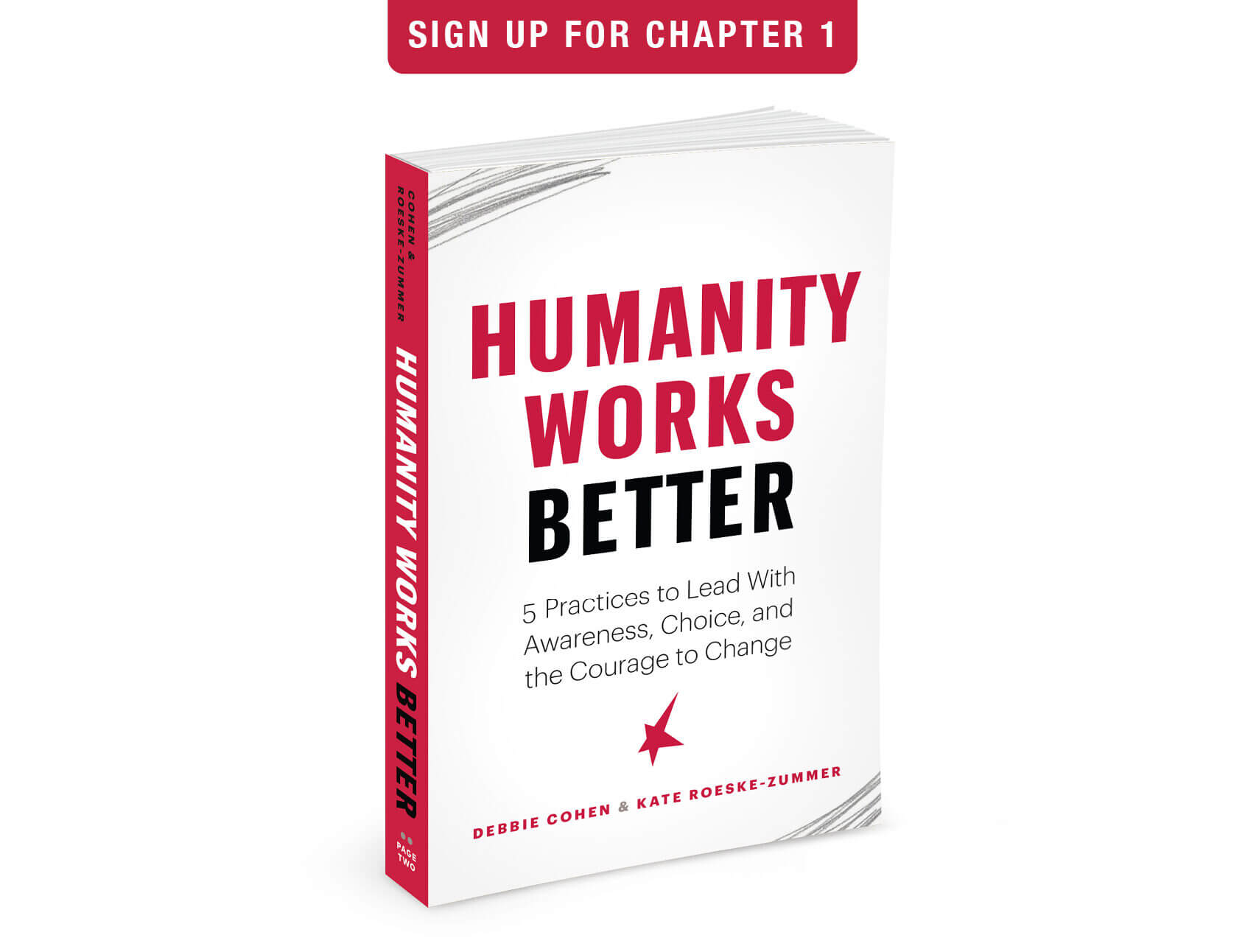There really is a difference…
Thanksgiving is just around the corner – can you believe it? That time of year when family members gather together. And as with a lot of families – some of the people you enjoy, and others, well, maybe you just tolerate them. How do we handle this? Many of us are simply “nice” to those people – just to get through the holiday. Hmmm. What is Nice? This got us to think about whether there is a difference between being Nice, and being Kind.
We dug a little deeper. What, actually, is the difference? There is a basic understanding of these two words, which are often used synonymously, but in fact mean different things. According to the dictionary:
Kind: having or showing a friendly, generous, and considerate nature.
Nice: pleasant; agreeable; satisfactory.
We would go a bit further: Nice is superficial. It is doing and saying things to be polite, to smooth the waters, to be pleasant. Whereas Kind, that is a whole other animal. Being Kind is a mindset of giving. It is doing and saying things in consideration of others. It is tied to generosity and boundaries, and is more connected to your heart. Kind is connected to your humanity.
In our work with organizations, these two words create very different impacts. When people are being Nice, they are often being polite, agreeable, and the motivation behind it is to smooth things out and not make waves. But this approach often doesn’t address problems head on and move the needle forward. Being Nice, smoothing the waters, can get in the way of creating clarity. And that can create roadblocks and this disrupts productivity. Being Kind on the other hand, acting with generosity and consideration of others even if it makes waves, has the impact of creating clarity, and clarity creates healthy boundaries.
How? This can be explained by one of our favorite sayings: “frameworks create freedom.” Years ago there was a fascinating piece of research that was conducted and won an award for residential design. They took a group of children to a playground that had no fences. The children stayed close to the teacher. Then, they took the children to another playground that had a large fence around the playground. The children used the whole space and explored beyond their teacher’s presence. Their conclusion? “The overwhelming conclusion was that with a given limitation, children felt safer to explore a playground. Without a fence, the children were not able to see a given boundary or limit and thus were more reluctant to leave the caregiver. With a boundary, in this case the fence, the children felt at ease to explore the space. They were able to separate from the caregiver and continue to develop in their sense of self while still recognizing that they were in a safe environment within the limits of the fence.”
Boundaries is not a four-letter word. Just like in this piece of research, when you are clear about your boundaries, they create the freedom to explore within those boundaries. But they require you to be clear about what your boundaries are – you, and you alone, need to do this work first. Then you need to speak them out loud to the person or people around you.
Boundaries, at their best, let people in rather than keep them out. In essence, they are Kind. Boundaries are actually thoughtful and considerate of others. They are generous in allowing freedom within a framework. They are not necessarily Nice or easy, and that’s ok. This is hard work to do.
So a few questions to think about:
- Where are you getting stuck?
- What is the outcome you want to create?
- Are you being too Nice? To whom? How?
- What is that costing you?
- Where might boundaries help?
- What is at stake?
- What values are you ignoring? Reinforcing?
- What does being Kind, instead of Nice, look like to you? To your organization?
We would love to hear from you, our community, about what difference you see in Nice and Kind and how that impacts you? What decisions, perspectives and changes have you encountered when applying the differences? How do these differences help or hinder bringing more humanity to work and home?
Our goal is to feature some of your burning learnings in our newsletters. We will ask your permission before sharing any personal stories, and you are in choice about whether it is shared anonymously or not. We will cherish each submission and will read each one, but please know we may not be able to respond to every submission.
We’d love your take on this topic… Where has it popped up in your life, what have you tried that worked… or maybe didn’t? Please join the conversation and chime in by emailing [email protected]
During this season of gratitude, we want to remind all of you how thankful we are for you, our community. Humanity works because of YOU! Each and every one of you.
Enjoy the season,
Kate and Debbie

